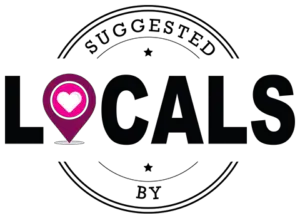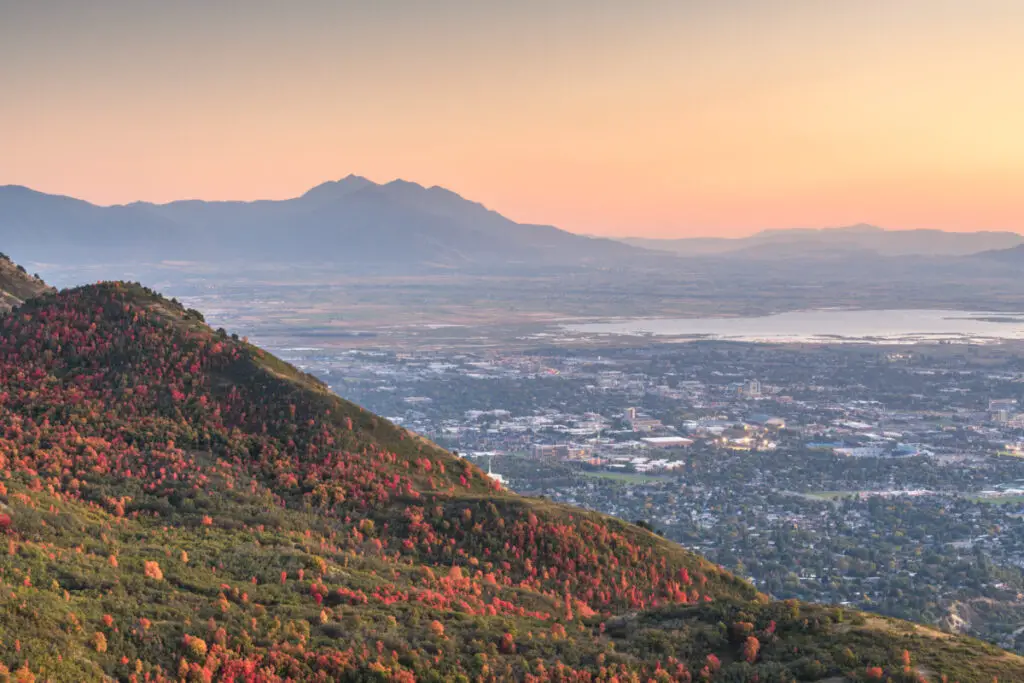
I grew up in the Provo, Utah area and learned a lot about the general politics of the population of this city. Utah County has had a reputation for being one of the most conservative cities in the United States, but elections in recent years have raised the question of whether Provo is moving left politically. Here, I will help you to decide if this is true and where Provo lands on the political spectrum.
In 2005, Provo was voted the most conservative city in America, with 86% voting republican in 2004. Provo hasn’t even been listed among the top 10 most conservative cities since 2016, and 50% of the precincts in Provo voted for Biden in 2020, so many think that Provo is slowly becoming more liberal.
So, let’s go into the city’s history and review why Provo is such a conservative city.
Political History
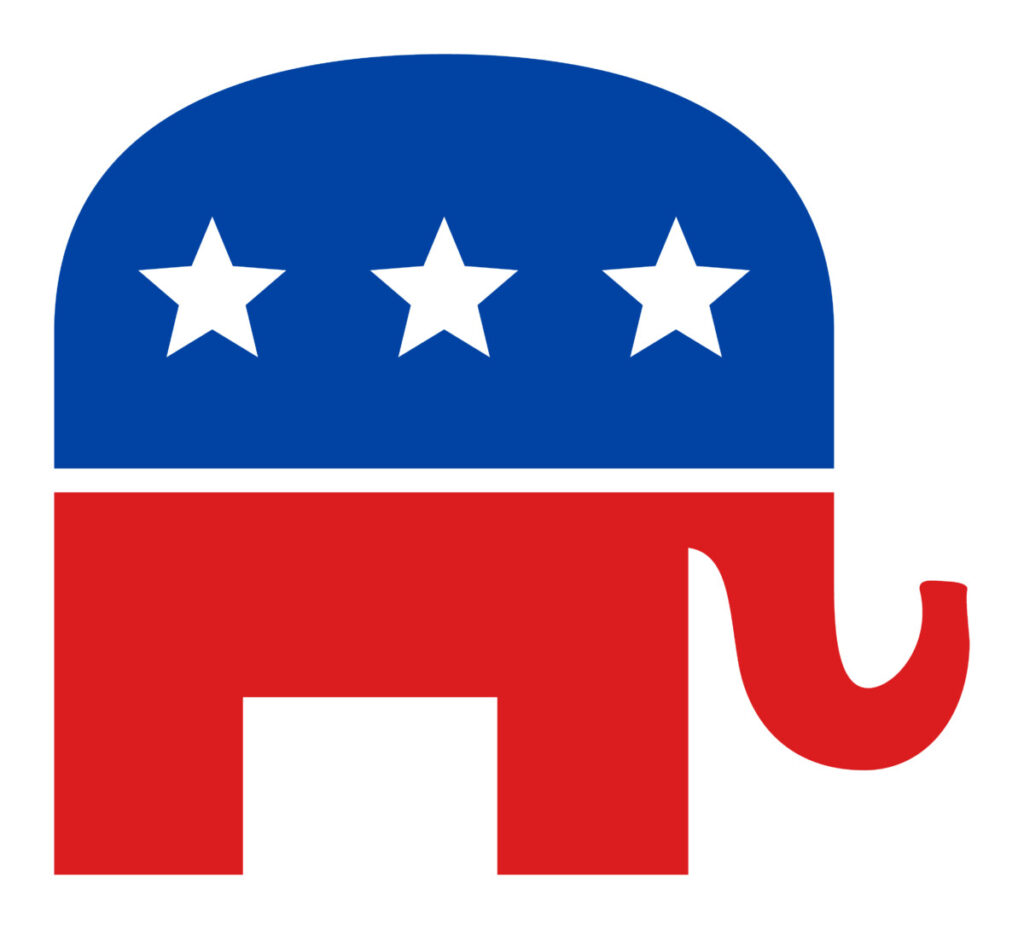
Provo was at one point one of the reddest cities in the nation and even got ranked as the number one most conservative city in 2005 by the Bay Area Center for Voting Research. The 2008 presidential election reinforced this dynamic of conservatism, with Utah County, the county Provo falls under, voting 78% for John McCain and only 18% for Barack Obama. The overall state of Utah voted 62% McCain and 34% Obama, so Utah County has in recent years been more conservative comparatively.
Historically, Utah County has voted for a Republican candidate every Presidential election since 2000. While Joe Biden lost to Trump by 20% in 2020, his 37.7% support was the highest for a Democratic nominee since 1964 with Lyndon B. Johnson.
Federal Officials
In its history, Utah has elected 17 senators. 5 of those have been Democrats and 12 were Republicans. The two current senators, Mike Lee and Mitt Romney, are both affiliated with the Republican party.
State Officials
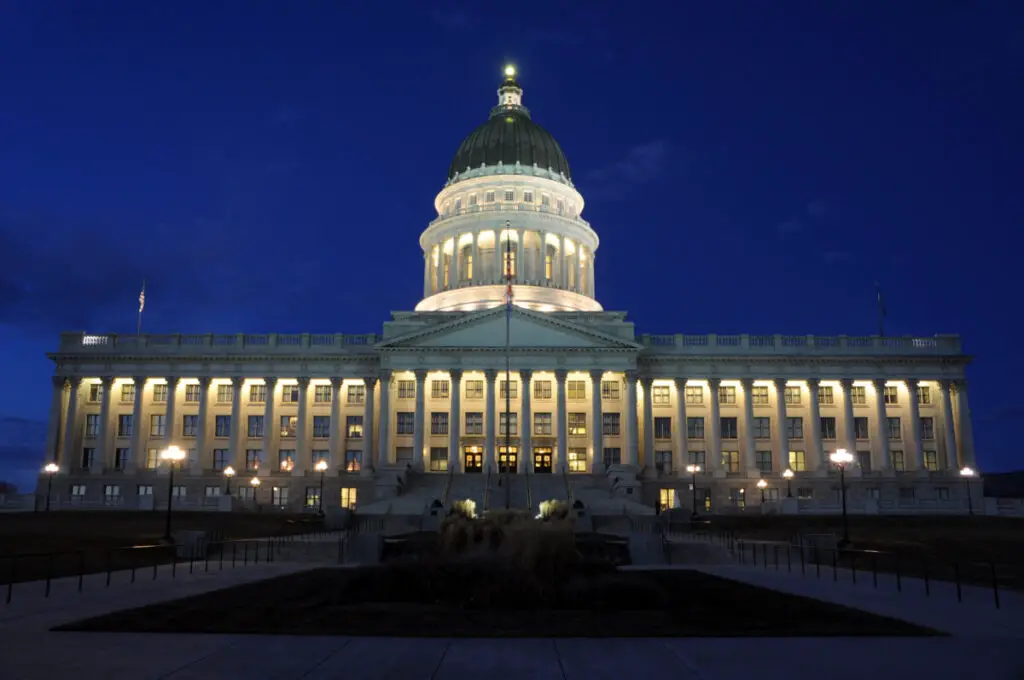
There have been 17 governors elected in the state of Utah since earning statehood, and Utah has elected a Republican governor every election since 1984.
Provo City Mayor
The current mayor of Provo, Michelle Kaufusi, is a member of the Republican party. She is the first female mayor the city has elected. It is not uncommon for the mayor of Provo to be Republican, and most of Kaufusi’s predecessors have been members of the party.
Demographics
Provo has a population of over 116,000 people, and the largest ethnic group in the city is White (74.4%), followed by White (Hispanic) (13.5%). As of 2019, 11% of Provo residents were born outside of the country (12,800 people). In 2019, there were 5.5 times more White residents (86,600 people) in Provo than any other race or ethnicity.
As of 2019, 92.4% of Provo residents were US citizens. This number is slightly lower than the national average, which is 93.4%. In 2018, the percentage of US citizens in Provo was 92.4%, so the rate of citizenship in Provo has been decreasing.
Provo residents are also reported to be made up of nearly 90% LDS church members. A 2012 study found that 74% of LDS members leaned toward the Republican party, so the high percentage of LDS church members in Provo as well as the LDS church’s historical affiliation with the Republican party explains why Provo has been a conservative-leaning city. It is important to note, however, that this percentage is not the same among younger Latter-Day Saints, as nearly half voted for Biden in the 2020 presidential election.
Source, Source, Source, Source
2016 Election Results
By 2016, Provo was no longer in the top 10 most conservative American cities, but Utah County stayed strongly red with the city of Eagle Mountain ranking 10th most conservative in the nation. In the presidential election that same year, 51% of Utah County voted for Donald Trump, 29% for Evan McMullin, and 14% for Hillary Clinton. These results show a slight departure from strictly Republican trends with so many votes going to McMullin, an Independent.
2020 Election Results
In the 2020 election, 9 precincts in Provo broke away from the rest of Utah County by voting for Democrat nominees Joe Biden and Kamala Harris. Jacob Rugh, an associate professor of sociology at BYU, called this “a blue ripple.”
Of this occurrence, he commented:
“It’s been a long time since there’s been any neighborhoods here in the county turning blue over 40 years as well, so it’s a historic day down here in Provo.”
Half of the 18 precincts in Provo (9 of them all surrounding Brigham Young University) voted for Biden and Harris. Following these results, Rough, among others, believes that the Provo area will slowly but surely turn bluer over the next four to twelve years.
The “Provo Pillars”
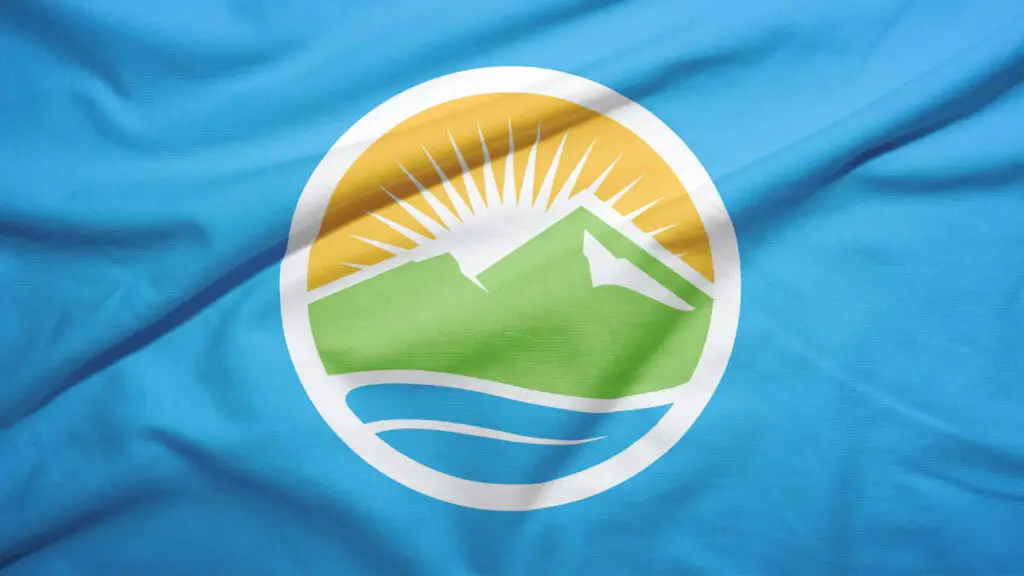
Current mayor Kaufusi and her council created four “Provo Pillars” based on community feedback regarding what areas of focus were most important to Provo citizens. These four areas of focus are as follows:
Economically Vibrant: This pillar focuses on job creation, small business support, shop local programs, technology development, and housing affordability/accessibility.
Welcoming: This is a focus on the quality of life and protection of community assets and natural resources, inclusivity, and citizen engagement.
Forward-Looking: This pillar involves a focus on Provo’s future vision, including airport expansion, Provo City Hall, Provo Wastewater Treatment Plant, and community planning, which includes transportation and housing.
Safe and Sound: This reflects a community focus on police, fire, and emergency preparedness. It also includes sustainability efforts, resource management of water and power, and traffic construction updates.
These four areas of focus reflect the priorities of citizens living in Provo and give some insights on political leanings. Regular updates are given on the progress of the different pillars of focus on social media so citizens can stay informed and keep city leaders accountable.
Response to Homelessness
The Provo Police Department brought the issue of homeless camps to the Provo City Council in 2016, citing an increase of complaints about campsites on public property. In response, the Provo City Council passed an ordinance that banned camping on city property, including alleyways and parks.
Strategies Provo’s homeless use to avoid a ticket for camping includes looking like they’re not camping by sleeping upright on benches or sleeping without a tent and sleeping bag, just stretching out on the ground. Some just keep moving from spot to spot, some are woken up and moved by police every few hours. Some opt to just stay out of the city to avoid run-ins with the police.
Outreach organizations have since reported an increasing number of people experiencing homelessness in communities in southern Utah County. These cities include Spanish Fork, Payson, Lehi, and American Fork — and homelessness in these southern Utah County cities was almost unheard of 5-10 years ago.
The shifts of the unsheltered moving to southern Utah County began in 2017 when Provo issued the ban from camping in public spaces. Many were shocked at this ban, especially since the county does not have an overnight homeless shelter.
Since then, the city’s police department has handed out hundreds of camping citations. The ordinance bans people from sleeping on sidewalks, parking strips, in alleys, or public right of ways, and each violation carries court requirements and the possibilities of fines or jail time. This has for many pushed the issue of homelessness out of sight and out of mind, despite the problem still existing.
The city ordinance does say that if no other overnight shelter is available, people experiencing homelessness can camp in public places like parks and other open spaces, but one city police spokesperson said the department has no way of knowing whether officers are actually checking with providers before issuing a citation to overnight campers. So it is possible that Provo officers could violate that aspect of the ordinance, in some cases.
This lack of an overnight shelter in this growing city indicates that it may not have, or at least may not prioritize having, the social aid and programs necessary for the community.
Provo’s Political Future
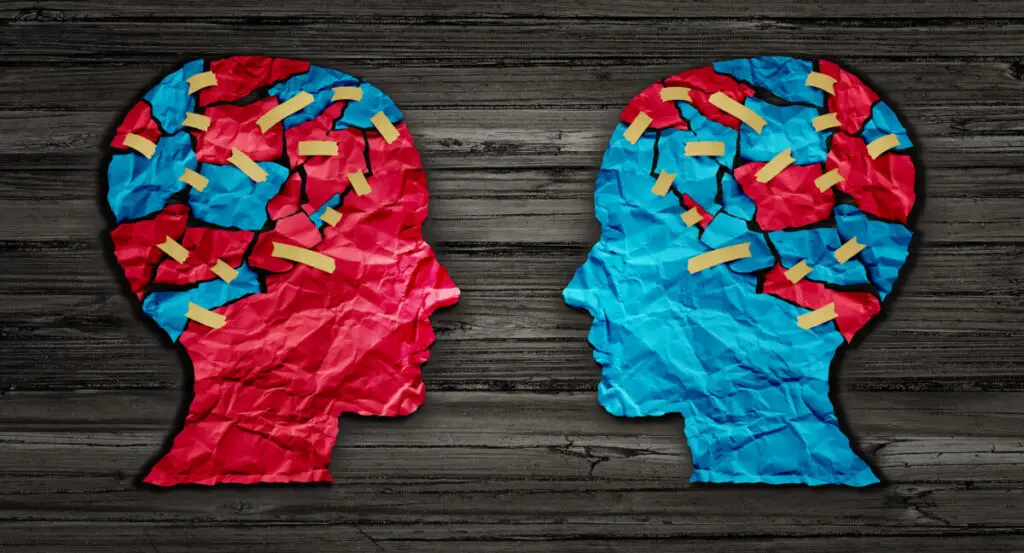
Following the 2020 election results, it has been said that a “blue wave” is hitting Utah, with certain areas are slowly voting more for Democrats. Among these areas are the 9 Provo voting precincts that turned blue during the 2020 presidential election. BYU sociology professor Jacob Rugh collected data on Provo voting trends to show the slow shifting of votes in the neighborhoods surrounding the BYU campus.
While most of the candidates who run for city offices and members of city council still tend to be Republican or conservative-leaning, some are more moderate or even liberal-leaning than others.
Party affiliation can be hard to tell for both city council and mayoral elections because of the nonpartisanship, but some city officials are outspoken members of one party or the other.
Taking all these aspects into consideration, Provo does still seem to have a heavy conservative population and influence, with the possibility of liberal politics continuing to grow and perhaps take a foothold in the future. Will Provo look more blue or red in 5-10 years? Only time will tell!
Related Topics:
If you like the article above, here are some other similar articles you should check out!
9 Famous Celebrities Who Lived in Provo, UT
